
Stillwater's Animated by Signature Tyer Landon Mayer
Still waters can provide opportunities to catch some of the largest trout in the world, but one of the biggest challenges anglers face is in how intimidating such a large body of water can be. What I’ve learned over the years is that a majority of large trout find a bulk of their diet near drop lines, shallow bays full of vegetation and rock filled shorelines. Once you find productive areas you need to think about how you can maximize the chance for a trout to take your fly or feed a fish you see cruising in search of its next meal. I recommend taking a different approach to determine the right rig for success, an animated one. When a fly incorporates material that creates maximum movement in its design and “animates” your rig it becomes irresistible, increasing your chance of landing more and larger trout. A whole new perspective on how you utilize an indicator, dry dropper, or streamer for stillwater success.
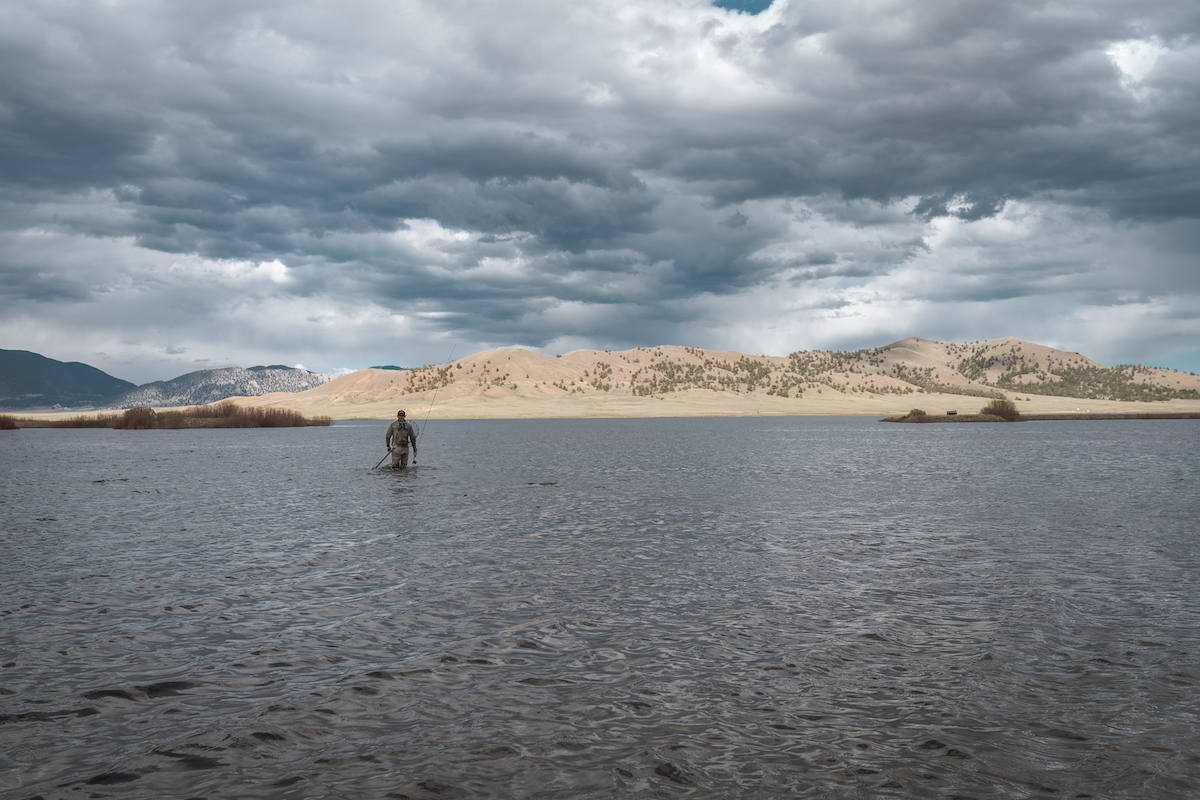
Drop it Like it's Hot
Over the years I have learned one thing that seems to hold true for trout in most stillwater, always try to get the trouts attention! Remember these fish are cruising their whole lives in search of food, seldom does the food come to them. With the element of surprise on your side approach most stillwater deliveries with a dry dropper set up for targeting edges, causing fish to search the surface around structure or vegetation. I am not shy about it “like a mic drop” I will often times slap the single attractor fly or dry dropper. Not only does the smack and vibration get the cursing targets attention, the rings that expand leave the fly, or flies, exposed like a bulls eye.
When rigging I start with a single dry on the edge for the fish on the prowl. Long leaders of 13 -15 feet are key. While these trout are not usually shy of the fly, they will bolt at the first sign of movement from above. To simplify the build I will add 4 feet of 4x monofilament tippet to a 3x 9 foot tapered leader. The tapered leader will help turn the fly over while the long running thin diameter will disguise the material. If the fish are incredibly spooky I will down size the tip by adding 2 feet of 4-5x Fluorocarbon tippet. Enough to not reflect light while keeping in mind that flouro sinks, but a short tip is not enough to drown the fly and monofilament leader. Then when connecting the attractor or hatch matching fly like #14-12 Amy’s Ant. I have become a huge fan of using a small non slip mono loop knots. This allows the fly to move freely on the surface when it is twitched, popped, dragged, or simply swaying in the wind or micro currents.
The same can be said for suspending imitations below an indicator. I for one love the feeling you got when you were a kid and you wandered what monster lurks below praying for the indicator or bobber to disappear. This technique can also allow the fly below (such as the Mini Leech Jig) to come to life. Because the Mini Leech Jig holds balanced below the surface when attached with a clinch knot every bump or wave will jig the fly. For the days when you cannot find a puff of wind you can use short quick strips to lift and drop the leech, essentially jigging it like the waves do in choppy water.
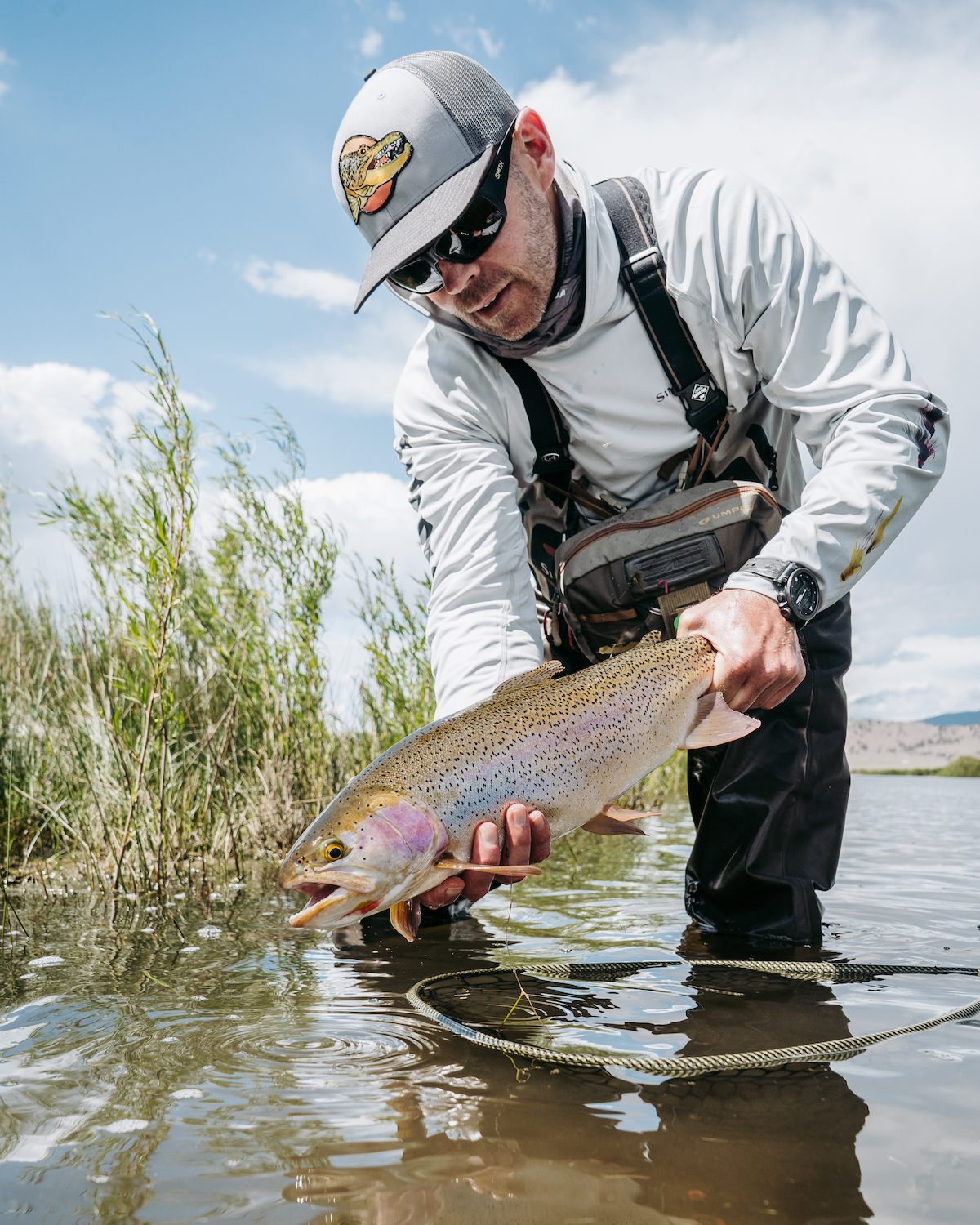
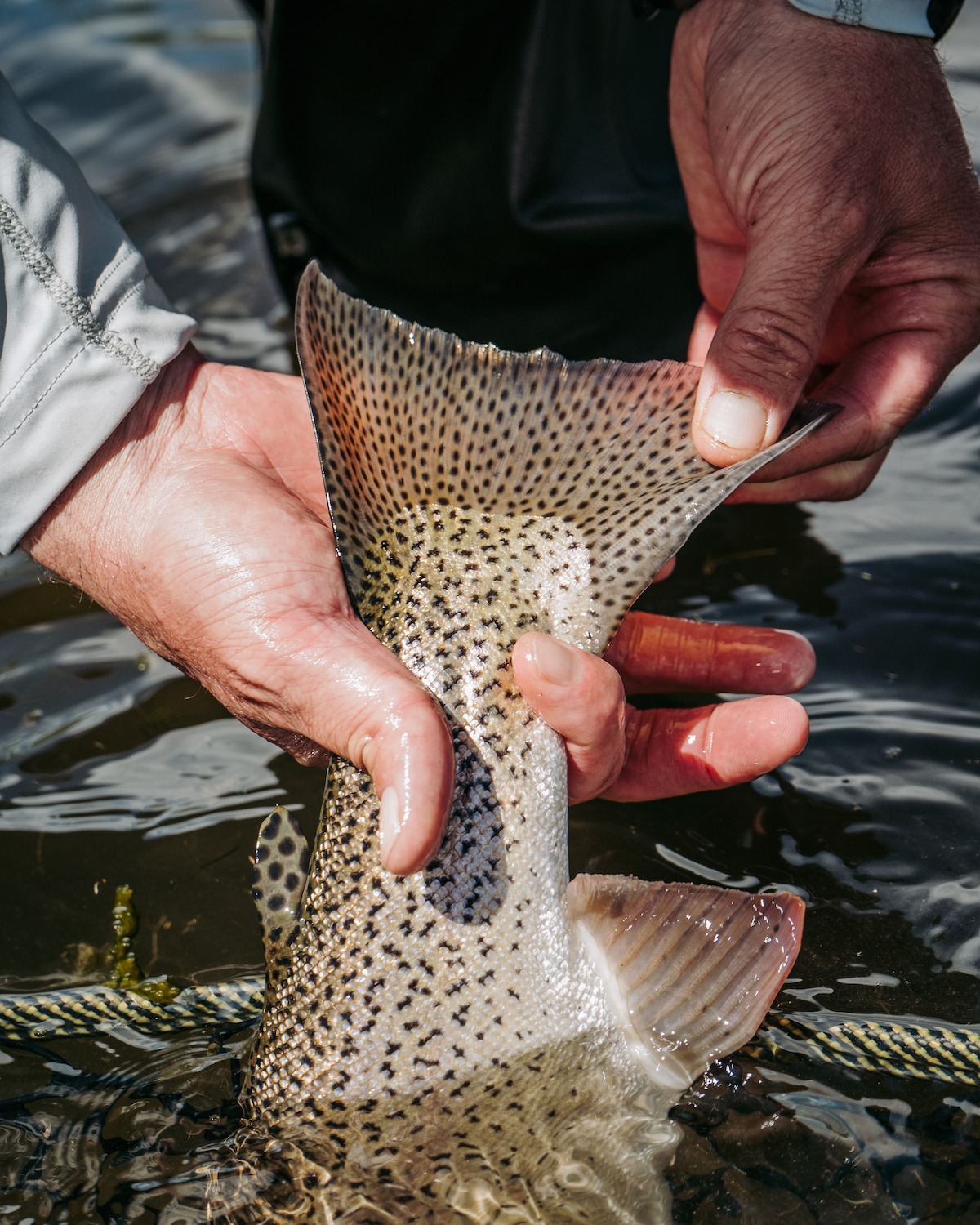
Get Jiggy With It
I love cutthroat, golden, and brook trout because they are super aggressive and eager making them perfect for fly fishers in search of action at altitude. Most high mountain lakes and streams are full of these two species that survive well in cold environments and short seasons, these fish simply cannot afford to miss any meals. Not to mention you could be catching fish that are native to the land and state you are fishing. For the dropper set up I have become a firm believer in weighted jig flies below a dry. There are numerous advantages to using these flies from the hook post riding to prevent snags, imitating food supplies that normally move horizontal in the water, but most important is the awesome jigging motion when the fly is tied with a slotted tungsten bead like my Mayer's Mini Leech. When the dry fly rides the small chop like a boat in a storm lost at sea, the dropper fly will erratically jig up and down like an escaping or injured food supply.
I am a fan of 60 degree jig hooks like Umpqua’s TMC 403J on my #12-16 Mayer’s Mini Jig Leech , you still get the jig motion but the forward angle allows better control when the streamer or nymph is moving and it slides over structure easier than a conventional 90 degree hook that jigs vertical. I also believe you get a better hook gap opening that prevents missed takes on smaller jig flies. Lastly, when rigging the dry dropper I prefer a clinch knot attaching tippet to the eye of the fly, then, using a 12, 24, 36 inch piece of Fluorocarbon attached to the bend of the hook again using a clinch knot. To finalize the rig attach the jig fly using a non slip mono loop to ensure more freedom of motion to get “jiggy with it”!
Pray for chop everyday you fish stillwaters, a small or big riffle on the waters surface will lift and drop your flies “jigging” them while you simply keep the flies in the best position by mending line when needed to remove the tension using the wind to pull your flies out of the strike zone. Calm conditions can make fishing tough, not only do you loose the chop for moving flies, you lose surface distortion. When you are fishing glass make the effort to jig the fly. I prefer a long slow strip that moves the indicator 12 inches with a smooth wake. Remember that the strip may be longer than 12 inches especially if you have slack in the rig. After the slow strip, pause for at least 5-10 seconds. This will let the fly fall back to the anchor position before repeating the process.
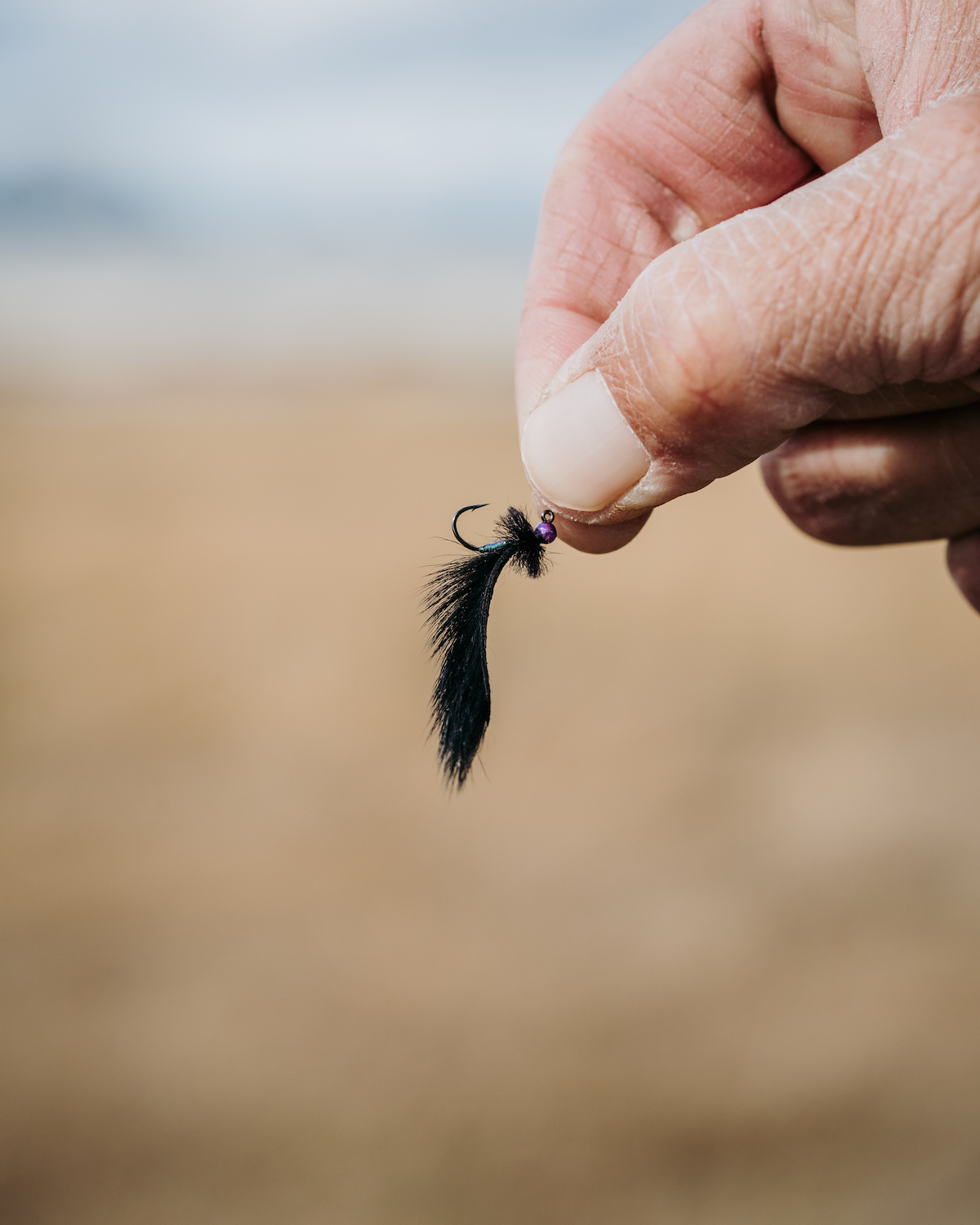
Retrieving on a Loop
When selecting the right leech for the lesson you want to teach the trout it is important to know if the rig will be stagnate or moving. When dealing with moving flies I almost exclusively use a non slip mono loop knot to connect the Mini Leech, Mini Leech Jig, Mini Leech Jig Radiant, or the new Mini Leech Jig Damsel (available 2021). All of these signature flies with Umpqua are not only effective when used with a retrieve, but stagnant as well while the loop knot allows the micro pine squirrel, micro mink, and ostrich heart to come to life as it dances in the current. In addition, you are also matching the movement of the natural food supply and profile while is swims to shore like a damsel fly, glides through the water like a leech, or darts like a fleeing baitfish.
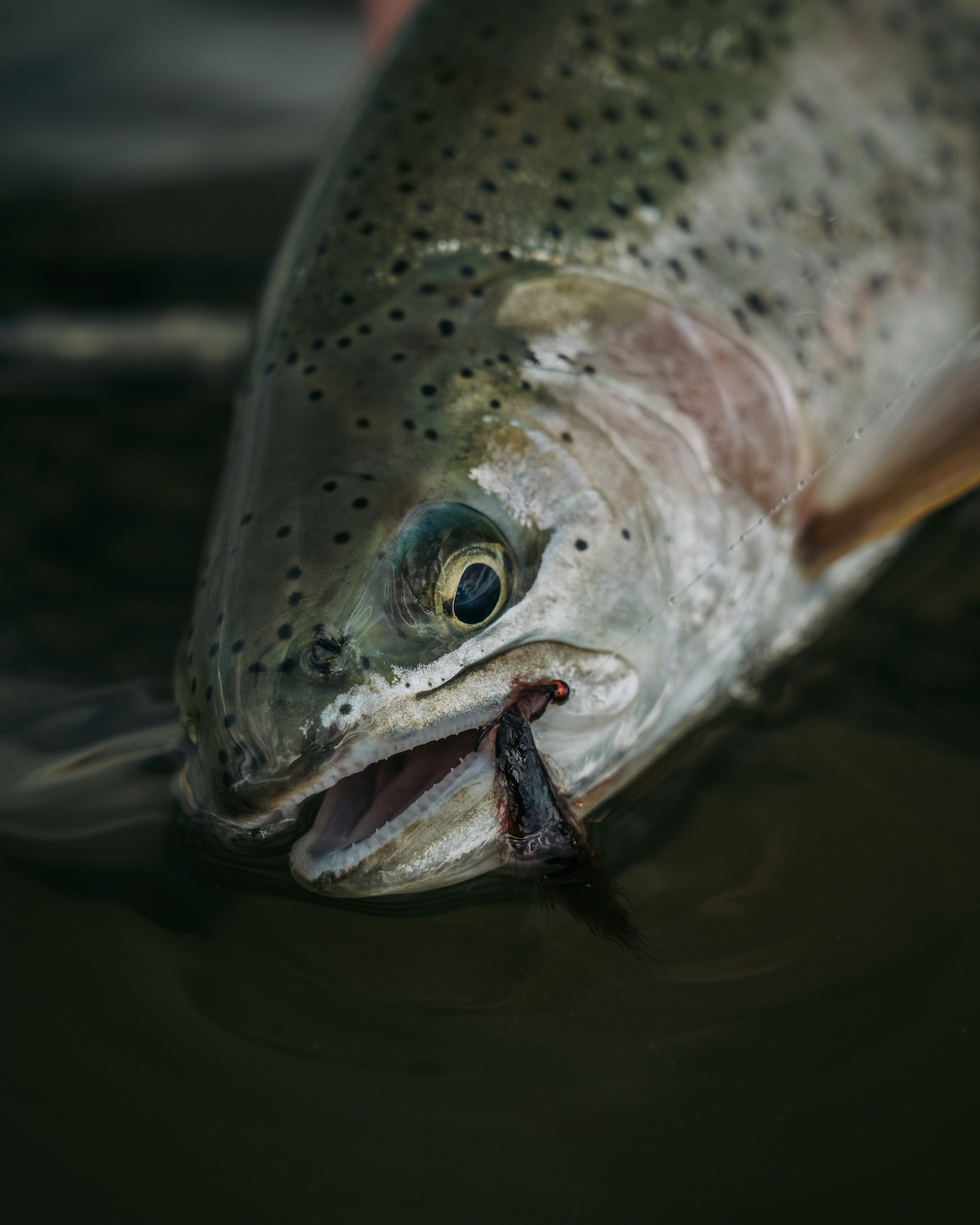
Rigging for Stillwater
Approaching Stillwaters with Landon Mayer
Stillwater's are extremely dynamic and these three tips will make each day more successful!
